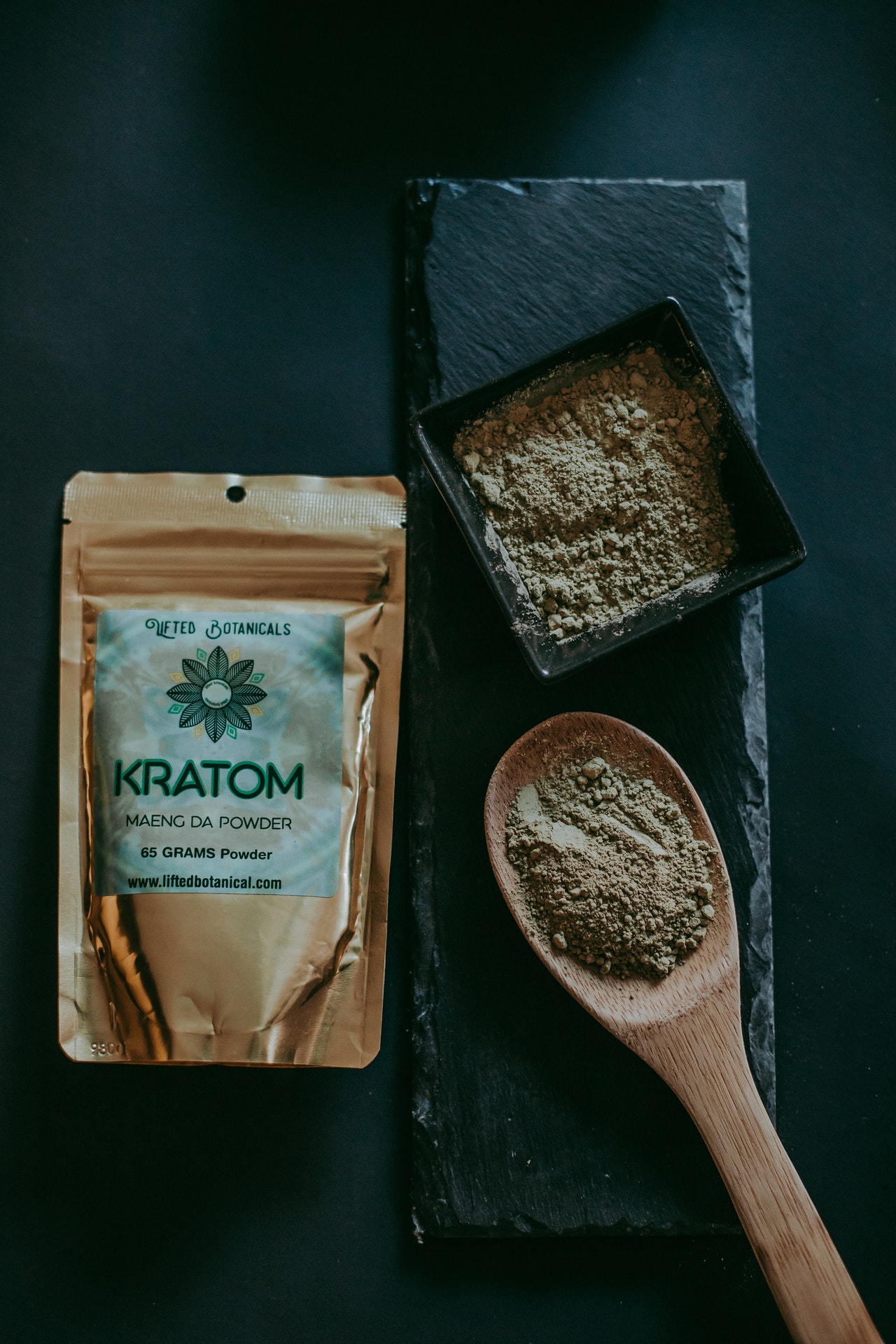
Most of us assume getting older means becoming less physically active. While time takes a toll on our bodies, aging doesn’t mean we can’t engage in physical activity. What’s more, regular exercise is an essential aspect of healthy senior living. In other words, not only can we stay fit as we age, doing so achieves health and wellness in retirement.
Staying fit in retirement comes down to making exercise a part of your weekly routine. To do so successfully, seniors can prioritize the following:
Prioritize Recovery
Nothing extinguishes efforts to regularly start exercising like being forced to stop due to pain or injury. It’s a hiccup that happens more often as we get older. However, pain and injury caused by exercise can be minimized or even eradicated by optimizing your post-workout recovery process.
Start by drinking plenty of water before and after exercise. Tested and traceable cannabidiol products, such as Royal Earth CBD tincture, can be taken to reduce inflammation and improve relaxation. Cooldown and cool off after your workout, then follow up with a hot bath to soothe your sore muscles. Lastly, take days off between intense workouts. Doing so will give your body a chance to recover, decreasing the likelihood of severe pain or injuries interrupting your exercise routine.
Make It Fun
The key to making exercise a part of your routine is having fun while working out. If you’re having a blast while working up a sweat, the time flies by, and you’re always eager to get started. Whether it’s playing tennis, riding a bike, going on hikes, or any of the other many fat-burning activities out there, finding options you genuinely enjoy doing turns exercise into a hobby and a passion.
Switch It Up
As we get older, mental agility begins to dip alongside our physical prowess. Seniors are told to try new things as a way to keep their minds sharp. Combine this assignment with efforts to exercise by switching up your workouts as much as possible. Build muscles on Monday, play tennis on Tuesday, power walk on Wednesday, and so forth. Doing so ensures your whole body gets a workout throughout the week, as well as your brain.
Talk to Your Doctor
Another crucial aspect of preventing exercise-related injuries in retirement is communicating with your doctor on a regular basis. Discuss with them any plans you have to try new forms of exercise. Tell them whenever you’ve developed chronic soreness in the aftermath of routine workouts. By letting your doctor know about any changes to your exercise regimen, you gain the insight and expertise of a licensed physician. It’s great to get a head’s up about common problems related to popular forms of exercise, as well as whether or not you’re in the right condition to dive into a new fitness activity.
Wear the Right Attire
You wouldn’t wear dress shoes to a ballgame or a t-shirt to a wedding. The same should be true for how you dress during physical activities. What you wear for a bike ride in the park isn’t what you want to wear when hiking in the forest. However, unlike the unwritten dress codes of life, what you wear when exercising isn’t the product of fashion trends and social norms. Instead, appropriate exercise attire is based on functionality and utility. These lend themselves to increased safety and reduced risk of injury. As we grow older and our bodies become more frail, taking practical steps to avoid injuries is more important than ever.
Eat the Right Foods
We’re told to eat a healthy diet our entire lives, and life in retirement is no exception. For those who wish to make exercise a matter of routine, eating right is essential. A diet rich in fruits and vegetables and low in fat and sugar keeps us energized and full of stamina throughout the day. It also aids in speeding up the recovery process between workouts, especially when it comes to strength training and building muscle.
Don’t Overdo It
Regardless of age, it’s always good to avoid overdoing it on exercise, especially high-intensity workouts. It’s essential for preventing severe injuries, which commonly derail efforts to regularly exercise into old age. If you find yourself craving physical activity every day, alternate the workouts so different parts of your body are being put to use on alternating days.
We associate old age with minimal physical exertion. Yes, it’s true we aren’t as fast or as strong as we were in our youth, but it doesn’t mean older people can’t exercise. Seniors must be as physically active as possible as they move through retirement.


